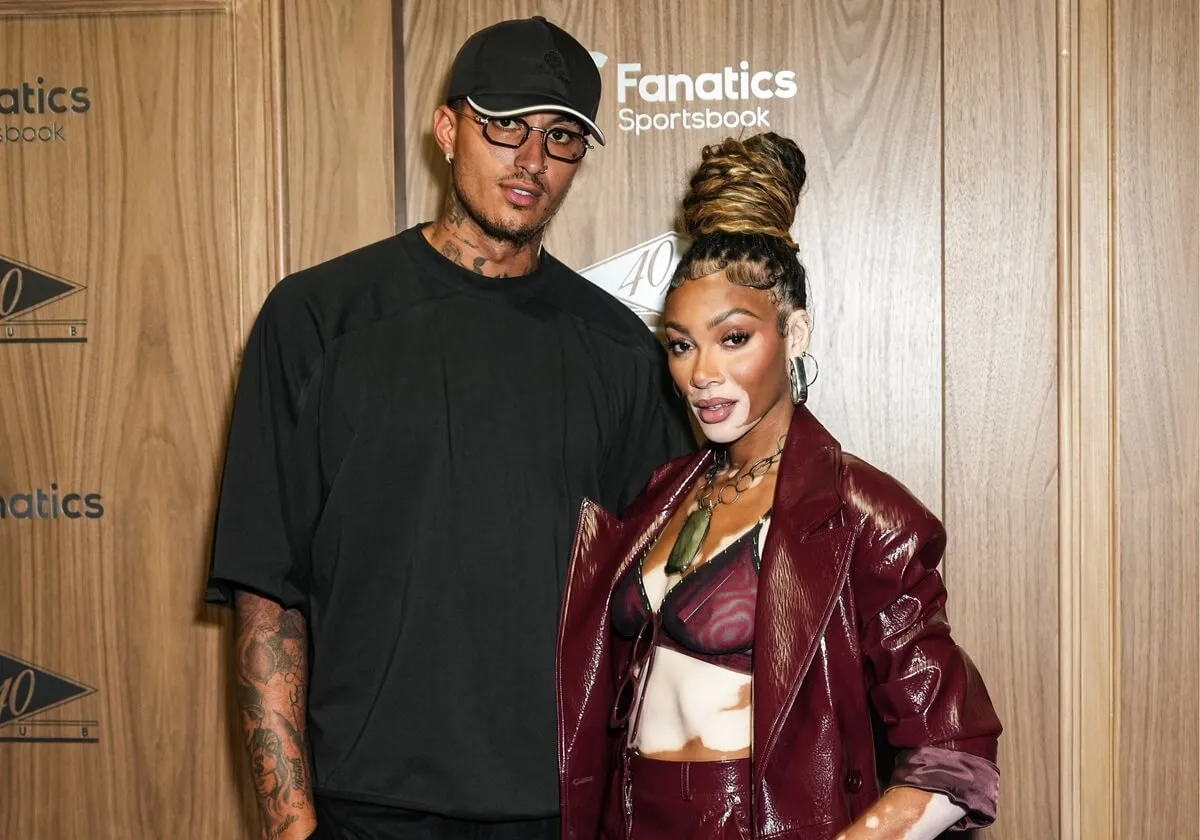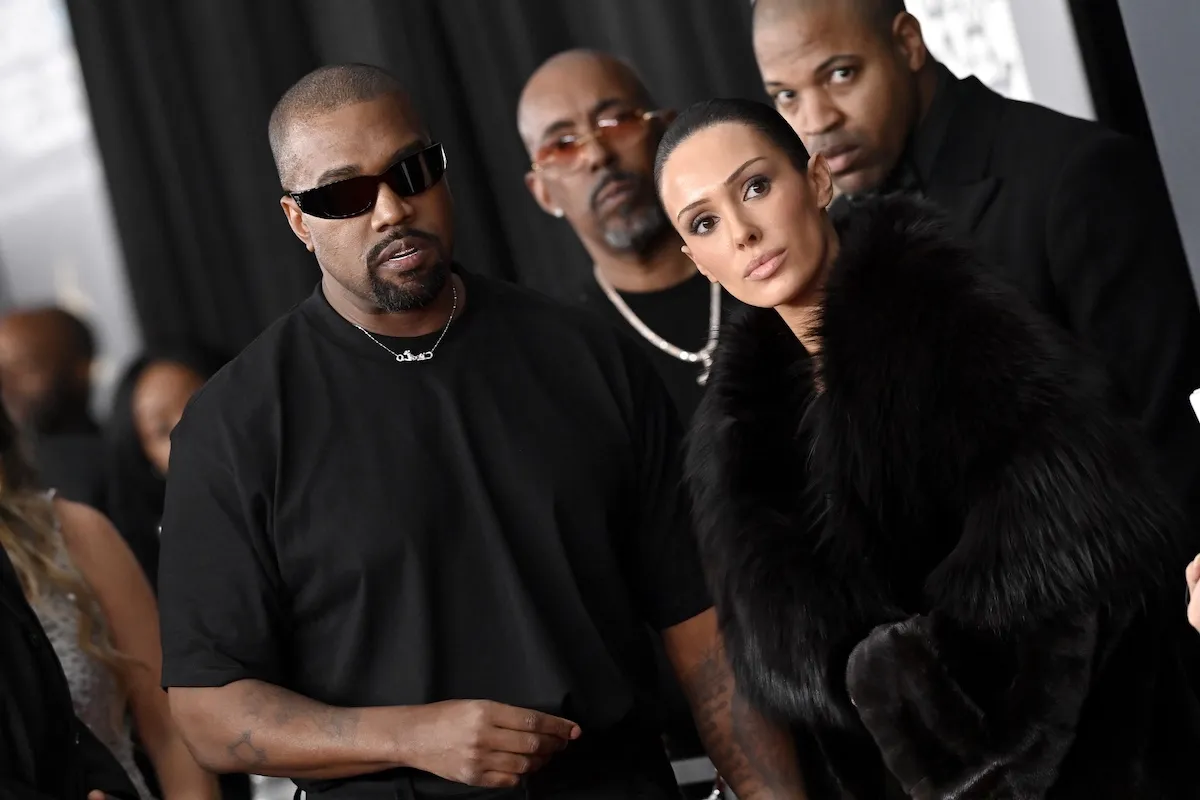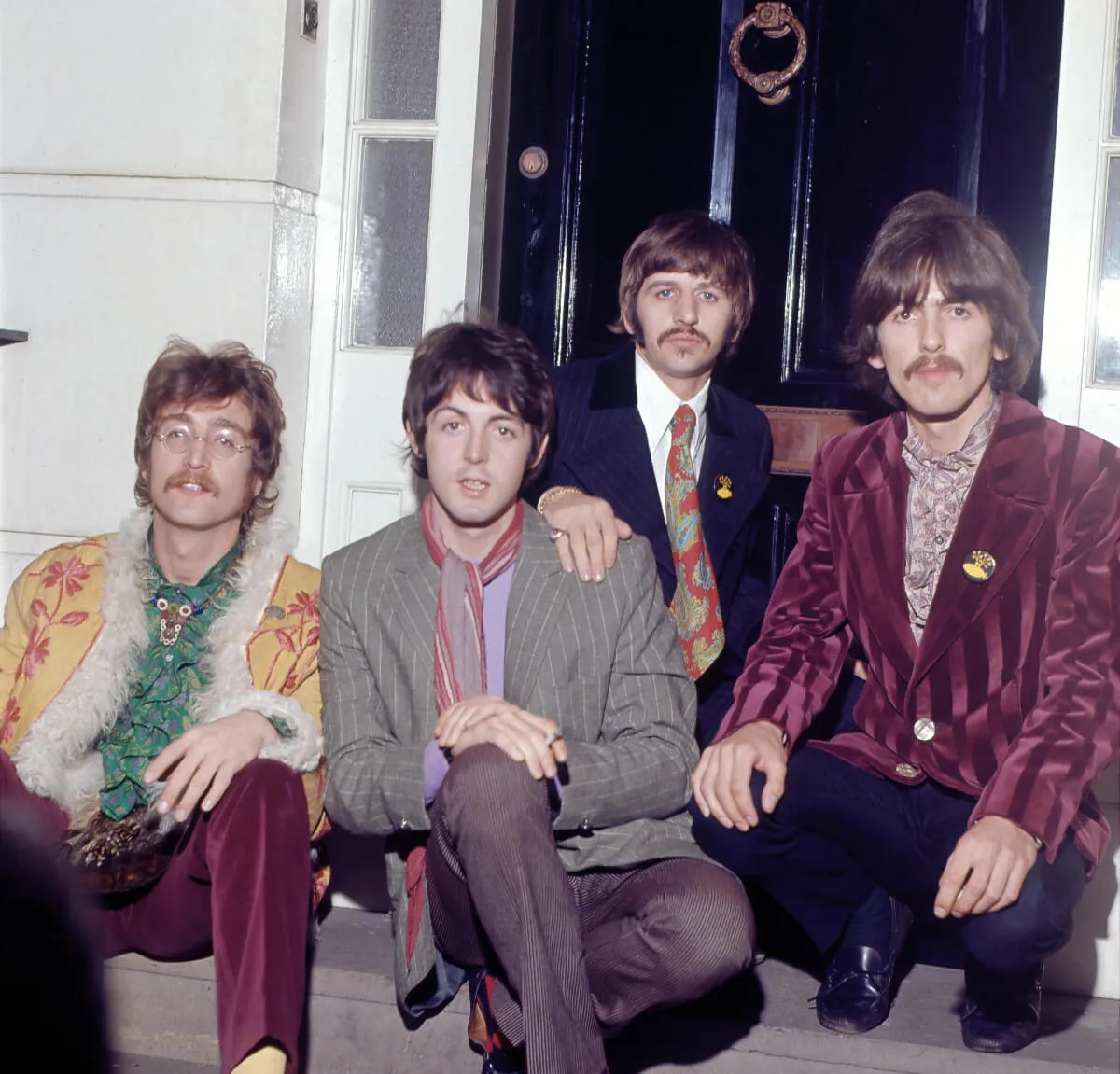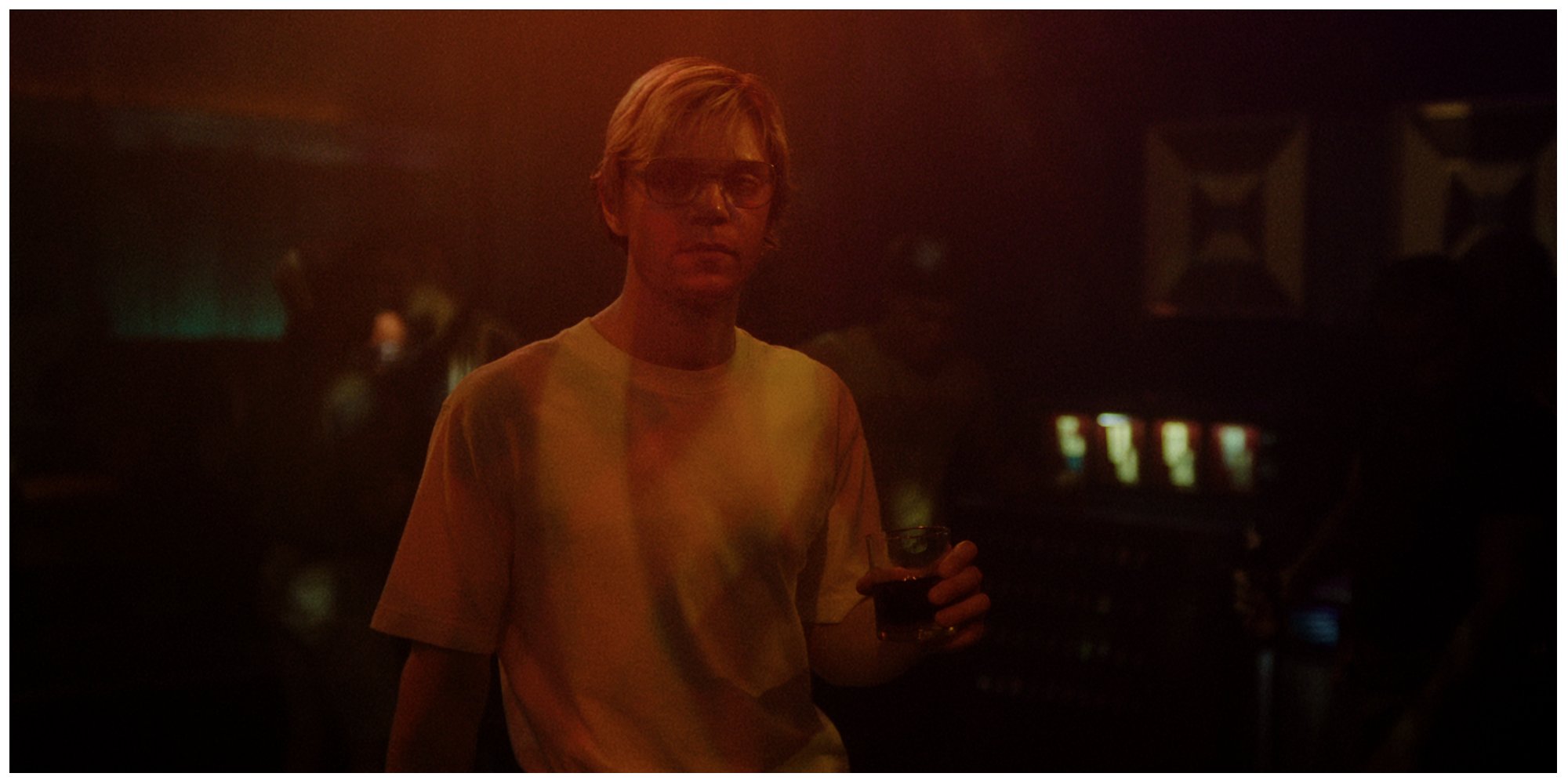
Ryan Murphy Had 1 Rule on the Set of ‘DAHMER — Monster: The Jeffrey Dahmer Story’
Ryan Murphy’s Netflix series DAHMER — Monster: The Jeffrey Dahmer Story is unlike any other movie or series about the serial killer because it puts an emphasis on the victims. To ensure the show honored the victim’s stories, Murphy only had one rule on set. Find out what it was.
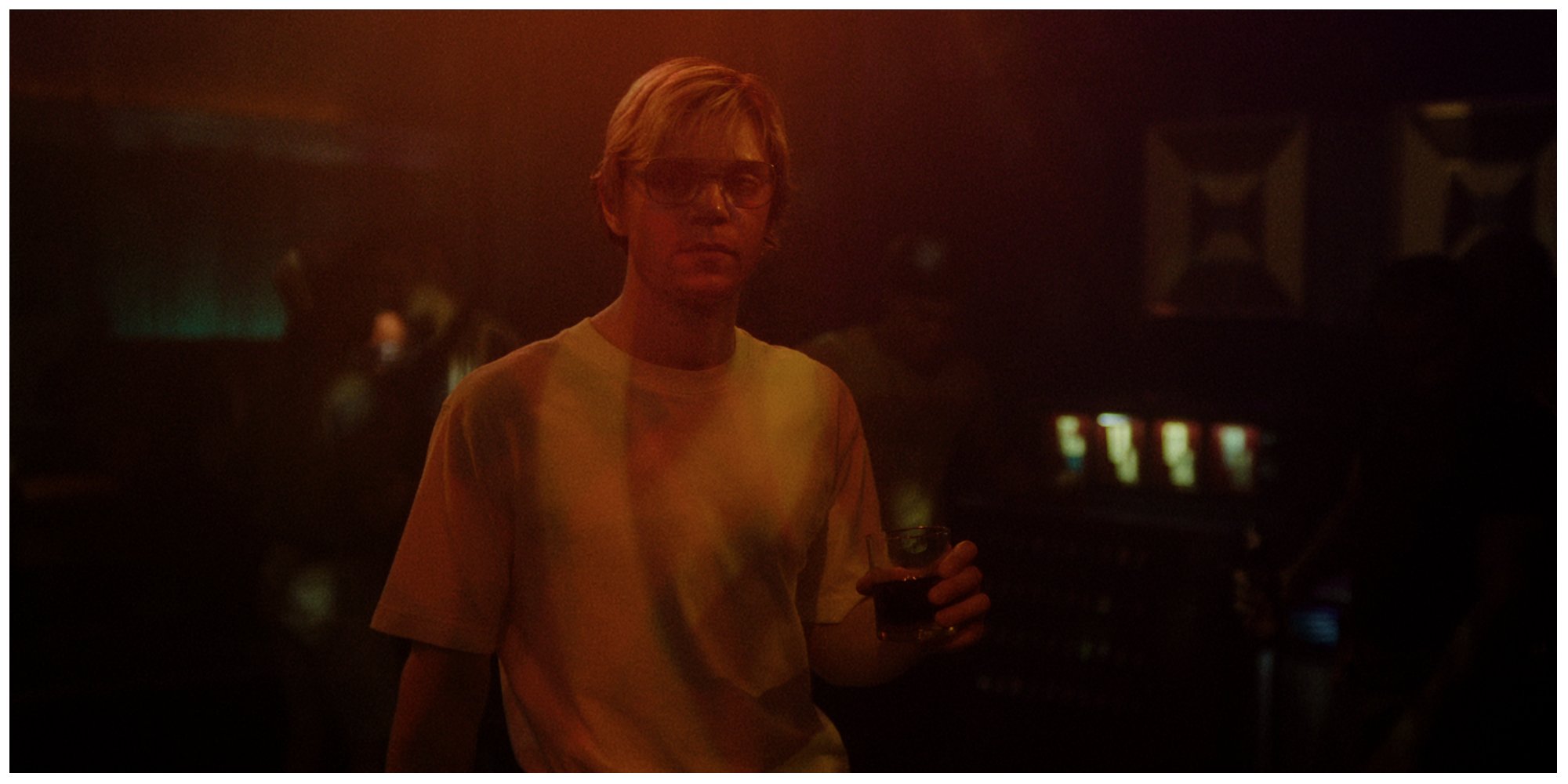
Ryan Murphy’s Netflix series about Jeffrey Dahmer focuses on the victims
From 1978 to 1991, Dahmer murdered and dismembered 17 men and boys, most of whom were Black. However, unlike previous documentaries, movies, and TV shows about Dahmer, Murphy’s Netflix series puts the focus on Dahmer’s victims — not the grisly way they died or the infamous serial killer.
From 14-year-old Konerak Sinthasomphone, who was escorted back into Dahmer’s apartment by police, to his former neighbor, Glenda Cleveland, who made multiple reports about Dahmer’s suspicious behavior only to be ignored, Murphy’s latest Netflix series projects the voices of Dahmer’s victims. The series also examines how Dahmer’s crimes went unsolved for so long because of a mismanaged police force.
‘DAHMER — Monster: The Jeffrey Dahmer Story’ doesn’t use the serial killer’s perspective
Several documentaries, movies, and TV shows have come out about Dahmer. Most of them highlight the events from Dahmer’s perspective. In an effort to keep the focus on the lives Dahmer’s actions negatively impacted, Murphy’s series doesn’t explore the serial killer’s point of view.
“We had one rule going into this from Ryan that it would never be told from Dahmer’s point of view,” Evan Peters, who plays the infamous serial killer, told Netflix Queue. “It’s called The Jeffrey Dahmer Story, but it’s not just him and his backstory. It’s the repercussions; it’s how society and our system failed to stop him multiple times because of racism and homophobia. Everybody gets their side of the story told.”
Ryan Murphy worked with a civil rights organization to make the Netflix series
Rashad Robinson is the president of Color of Change, a nonprofit civil rights advocacy organization. He worked as a consultant on Murphy’s Dahmer project. Robinson’s set out to enforce Murphy’s number one rule — that the victim’s stories front and center, from the writing to the production as a whole.
“This is a different story than the stories that have been told,” says Robinson. He adds:
“Because yes, it is a story about Dahmer, but it’s also a story about the victims. It is a story not just about the victims who were murdered, but about the community, about the chilling impact of not just what Jeffrey Dahmer was able to do in all the harm, but all the ways in which the police, the larger leadership in Milwaukee, the media and so many others in society were complicit.”
Rashad Robinson, Netflix
Instead of categorizing the victim’s situations as unfortunate, DAHMER emphasizes the unjustness of them. “I wanted to enforce the humanity of these victims and their families,” Robinson said. “I wanted to make sure that we, as viewers, got to truly sort of understand how a situation like this takes place, not just through [Dahmer’s] eyes, but through the eyes of people who had their own hopes and aspirations and dreams.”
Watch DAHMER — Monster: The Jeffrey Dahmer Story exclusively on Netflix.
